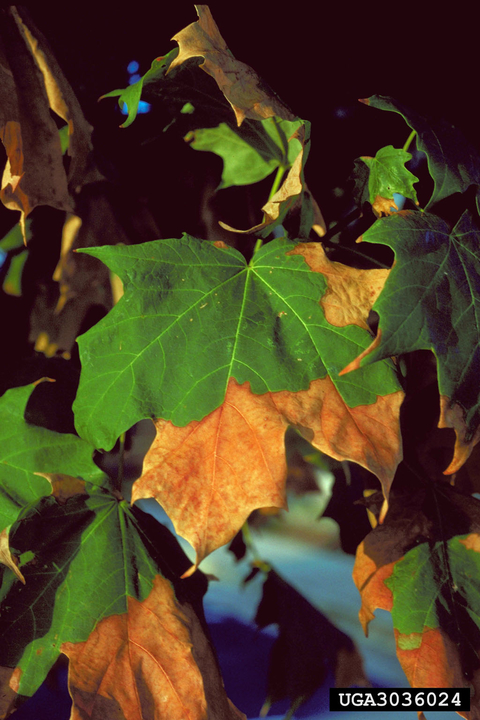Pruning is generally good for trees because it promotes their health. It can also improve the tree’s size and form. However, consider waiting to prune until drought conditions improve.
When trees are stressed, such as during a drought, they are more susceptible to disease and insects. Pruning can increase that risk further, so it is best to limit or avoid pruning during the current drought that Minnesota is facing.
Is your tree stressed?
Signs of drought stress may not always show up right away, but with the sustained high temperatures and low rainfall that the state has seen this summer, it is likely that most trees are experiencing some level of stress.
Signs of drought stress include leaf wilting, curling, discoloration and early leaf drop. Some trees may react to stress by producing abundant seeds.
Prune only if needed
Branches that are infected, infested, dead or broken should be removed right away to avoid injury to the tree, property or people. Otherwise, it is best to wait until drought conditions improve before pruning. It's usually better to prune trees during the late winter or early spring when insect and disease activity is low.
Do not prune oak trees during the spring and summer to avoid spreading oak wilt, a tree disease of significant concern across the state.
Learn more about pruning trees and shrubs.


